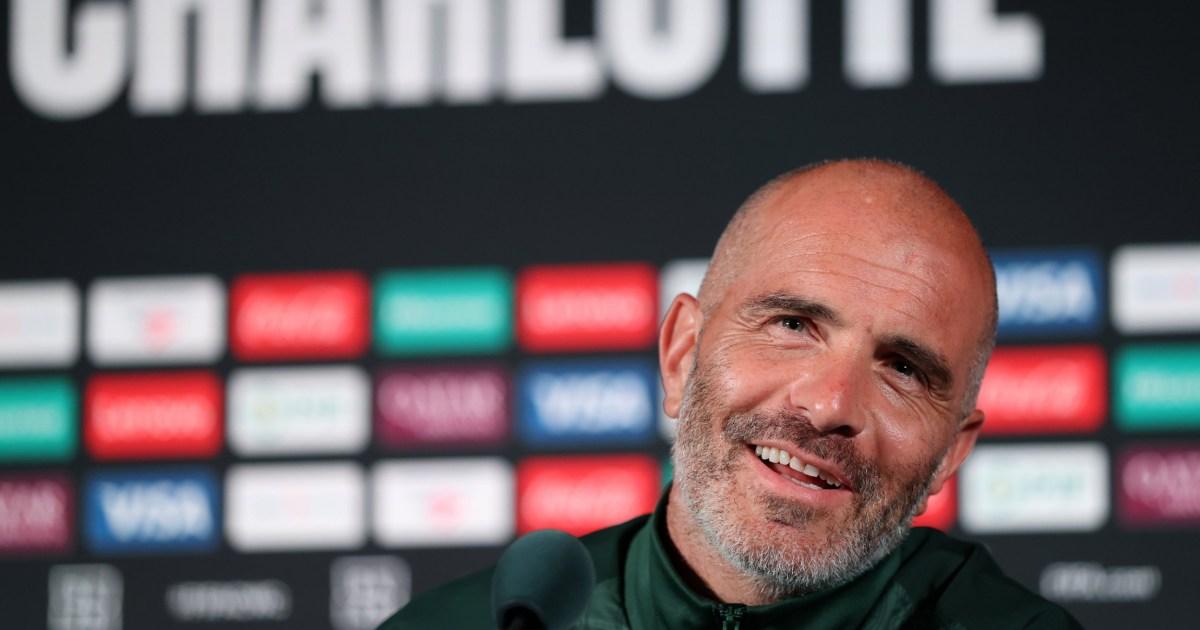Supporters of eco-football tend to fixate on Forest Green Rovers, the carbon-neutral poster club.
Yet far beyond their vegan pies and solar-powered pitch, lower down the pyramid clubs – from Dartford to Lewes and even grassroots outfits in Lancashire – are sowing seeds of change.
As eco-enthusiasm trickles across England’s football pyramid, volunteers and visionary small-town managers are quietly proving it’s possible to play sustainably and keep community spirit intact.
Forest Green Rovers: Redefining green goals
It’s no exaggeration to call Forest Green Rovers the greenest football club in the world. As the first ever UN-certified carbon-neutral club in 2018, they tick every green box at The New Lawn. The pitch is organic and maintained by a solar-powered ‘MowBot’, while rainwater is harvested and cooking oil converted to biodiesel. Solar arrays supply about 25% of stadium electricity, with surplus feeding into the grid.
Supporters enjoy 100% vegan menus, kits woven with recycled coffee grounds and EV charging bays, all under owner Dale Vince’s eco-mission. With green accolades from FIFA and the UN, FGR are no longer curiosities – they’re trendsetters.
Plans for Eco Park – a timber-built stadium using renewable energy and rewilded surroundings – promise to cement their global legacy.
Dartford FC: Sustainable stadium by design
A few tiers below, Dartford’s Princes Park opened in 2006 and remains decades ahead in stadium sustainability.
With a sedum ‘living’ roof filtering air, solar panels for hot water, rainwater harvesting, underfloor heating, timber construction and LED lights, it stands as a model of ecologically sound architecture.
Built with community impact in mind, Princes Park is proof green design isn’t just for elite stadia; it’s achievable at non-league level too.
Lewes FC: A new meaning to homegrown grown stars
Lewes FC have adopted an eco-centric approach across men’s, women’s and community programmes. Supported by Football For Future, the club installed around 170 solar panels, generating roughly 36,000 kWh annually – enough to cover matchday operations and feed energy back to the grid.
The club’s community garden, ‘Brad’s Pit’, planted in 2021 by midfielder Bradley Pritchard, thrives with pumpkins, kale and spring onions. Volunteers and coaching staff run ‘Grow, Cook, Eat & Compost’ workshops – cultivating crops, composting, conserving water with butts and teaching sustainable cooking to locals via feel-good soup and mint ice cream sessions.
Lewes moved to a reusable cup system in 2024, eliminating single-use plastics and cutting an estimated 5,744 cups from landfill early on. They’ve also swapped to second-hand kit, run clothing exchanges and signed Sport England’s Green pledge to promote travel by foot, bike or public transport on matchdays.
Director Joe Short said: “One of the most important things for the board is to set out a concrete sustainability plan. We’ve already got the solar panels, the community garden and are upcycling resources instead of sending them to scrap.”
Hurst Green FC and Clitheroe: Solar solutions in Lancashire
In rural Lancashire, Hurst Green FC secured a £35,000 Rural Prosperity Fund grant in December 2024 to power crucial stadium upgrades – including solar panels atop their new clubhouse. That installation, delivered by EcoGiants, promises energy savings and more affordable membership fees – a win for players and fans alike.
Nearby Clitheroe FC also benefitted from EcoGiants’ backing, even rebranding their ground the ‘EcoGiants Stadium’. That partnership shows how grassroots clubs can access cutting-edge sustainability with private sector help.
Non-league clubs aren’t burdened by Premier League bureaucracy. Lean budgets plus volunteer energy create fertile ground for quick adoption of green measures. As hubs for local communities, they can teach, inspire and empower fans, kids and families through hands-on workshops, gardens, solar panels – often funded by small grants or sponsors, not multi-million-pound budgets. They blend grassroots engagement with eco stewardship, proving sustainable football isn’t just banner-waving; it’s everyday club life.
Real challenges remain: funding small-scale infrastructure, sustaining volunteer energy, scaling impact. Yet clubs tap local grants (like Hurst Green’s), partner with eco-enterprises (EcoGiants), and collaborate with grassroots initiatives (Football For Future, Feel Good Food) to patch those gaps. With growing awareness – helped by awards, council backing and community buzz – non-league clubs’ green efforts are gaining momentum and media interest.
From Forest Green’s planet-leading credentials to Dartford’s sustainable stadium, Lewes’ community-first model and Lancashire the clubs harnessing solar to slash emissions, eco-football is alive everywhere. These are not mere gestures but bold, ongoing projects that harness local identity, volunteerism and pragmatism.
Non-league clubs may lack Premier League budgets, but in creativity, community reach and green ambition they are outpacing their elite counterparts.
Call it grassroots climate action, call it eco-football – with compost, solar, storm-saving water butts and biodiesel on tap, it’s real-world change. And all starting from the bottom rungs of the football pyramid.
To learn more about Pledgeball and how you can pledge to help your club shoot up the sustainability standings, visit Pledgeball.org.



